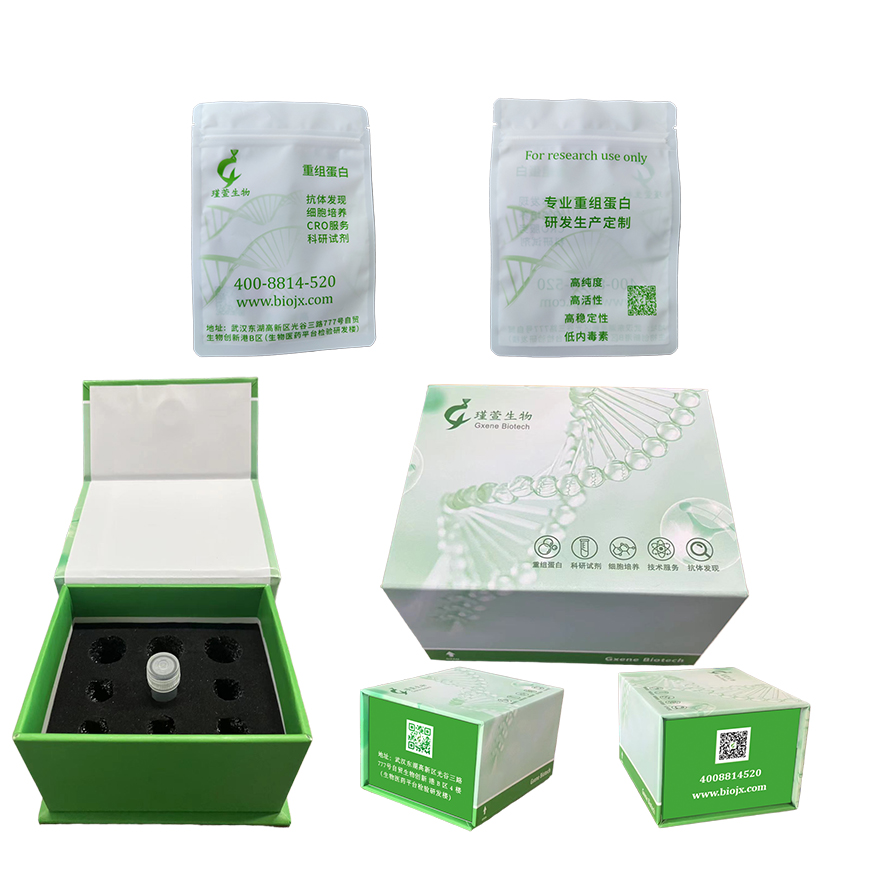研究方向
DC-SIGN/CD209 蛋白表达于未成熟树突状细胞 (DC) 表面,是关键的病原体识别受体,在启动初级免疫反应中发挥着至关重要的作用。该受体参与病原体的内吞作用,导致其随后在溶酶体室内降解。在此过程之后,DC-SIGN 返回细胞膜表面,通过 MHC II 类蛋白将病原体衍生的抗原呈递给静息 T 细胞,从而触发适应性免疫反应。在 DC 上,它充当 ICAM2 和 ICAM3 的高亲和力受体,与甘露糖样碳水化合物结合。值得注意的是,DC-SIGN 可能充当 DC 滚动受体,通过与内皮 ICAM2 相互作用,促进 DC 前体从血流跨内皮迁移到组织。此外,它似乎通过与 DC 和 T 细胞之间形成的免疫突触内 T 细胞上的 ICAM3 结合来调节 DC 诱导的 T 细胞增殖。
After reconstitution, the protein solution is stable at -20℃ for 3 months, at 2-8℃ for up to 1 week.未开盖的干粉蛋白在 -20°C至-80°C可保存12个月;
复溶之后,蛋白溶液在-20°C及以下可保存3个月,在2-8℃可保存1周。
背景信息
Dendritic cell (DC)-specific intercellular adhesion molecule 3 (ICAM-3) grabbing nonintegrin (DC-SIGN), also known as CD209, is a type II transmembrane protein on DCs with a C-type lectin extracellular domain, is capable of binding ICAM-3 on resting T cells in the secondary lymphoid organs, providing the initial contact between these cells during the establishment of cell-mediated immunity. It is not only a pattern recognition receptor but implicated in immunoregulation of DCs. It has an important role in mediating DC adhesion, migration, inflammation, activating primary T cell, triggering immune response and participating in immune escape of pathogens and tumors. DC-SIGN also mediates the capture and internalization of viral, bacterial, and fungal pathogens by dendritic cells, such as HIV-1, Ebola virus, cytomegalovirus, Dengue virus, and hepatitis C virus. DC-SIGN is unique in that it regulates adhesion processes, such as DC trafficking and T-cell synapse formation, as well as antigen capture. Moreover, even though several C-type lectins have been shown to bind HIV-1, DC-SIGN does not only capture HIV-1 but also protects it in early endosomes allowing HIV-1 transport by DC to lymphoid tissues, where it enhances trans infection of T cells.

